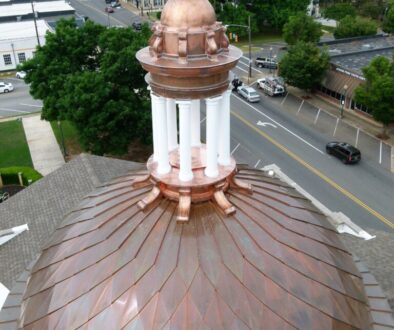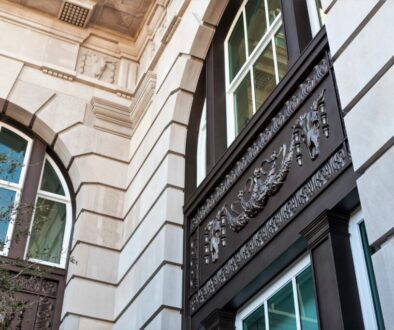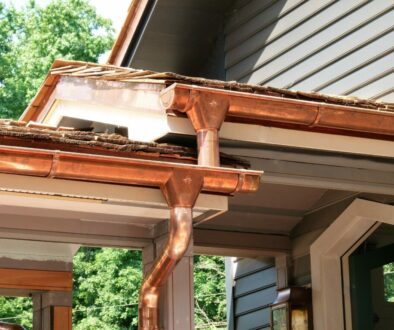Owning Historic Properties
What makes a property historic?
Well, it’s old. But to be officially “historic,” a property must be registered. A home is classified as historic or “architecturally significant” by the National Register of Historic Places if it “exemplifies a signature architectural style, captures the essence of a given time period, or is associated with famous people from the past.” This classification can also be initiated by the local historic board. (Realtor.com)
To find out if a home is legally historic, you can see if it is registered in the National Register of Historic Places, a program authorized by the National Historic Preservation Act of 1966. Each state has its own State Historic Preservation office that you can obtain this information.
What are the benefits of historic property?
If you want to live “classy,” a historic house is the perfect home. Their rarity makes them a good investment as well and its really the only type of building where age is a good thing. Some states offer tax credits or lower interest loans for preserving and/or restoring historic structures. You must qualify for these tax benefits. While the amounts are not hugely substantial, they’re still benefits that do not come with a new house.
What are the restrictions and drawbacks?
There’s a few drawbacks to historic homes and buildings. Often, you cannot add to the structure, such as porches or other additions. Windows, shutters, and roofs are often also denied the chance to change and must be replaced in kind. Many people don’t know however that you can get exceptions for gutters, given that is an integral part of preserving the building from weather. A copper or zinc gutter system will outlast the rest of the life of the building and their durable patina is a great addition to older architectural aesthetics.
Another drawback is possibly higher tax levies in historic neighborhoods, although those who live in such places tend to be able to afford it. Energy bills may be higher too since an older home tends to allow more air to escape than newer buildings.
What are some tips when scouting historic homes?
Get a professional home inspection. Make for certain that the building is structurally sound. Then get price estimates from contractors for any and all possible repairs. Ensure it is up to all health codes. Most importantly, carefully read the Standards for Rehabilitation of Historic Buildings imposed by local or state laws on historic structures. Any of the previous tips may be affected by these standards.




